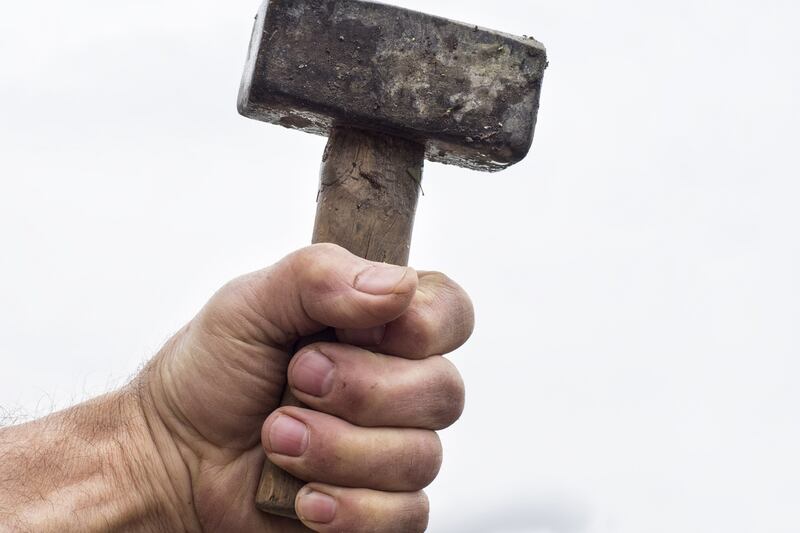We live in a two-storey terraced Victorian house that was built in the late 1800s. We refurbished the house when we moved in and built a single-storey extension at the back. The house next door is occupied for the last couple of years by a number of heavy smokers. Since then, the smell of smoke is seeping into our house into our bedrooms and front room. The extension is fine.
The smell is worst in the bedrooms and the floors in both bedrooms upstairs are the bare original floorboards. The smell in the front room is not quite as bad as the bedrooms, and the front room floor has carpet laid over the original floorboards. There is an adjoining chimney breast between the two houses with fireplaces in the front room and in the master bedroom.
We realise that the occupants are more than entitled to smoke in their own home, but we are having real difficulty in dealing with the smell of smoke – our chests of drawers are against the adjoining wall in the master bedroom and our clothes now smell of cigarette smoke. In addition, we are concerned about the health impact of us effectively passive smoking in our own home. We bought an air purifier for €350 for our master bedroom and while this helps clear the smell when it is turned on, it does not prevent it.
We are seeking your advice in relation to anything we can do or anyone we can contact to help us eliminate the smell of smoke coming from next door into our home.
You are right to be concerned. Second-hand or passive smoking can have a significant impact on health. The odour that is causing this nuisance is a warning that smoke is entering your home and urgent action is required.
Transfer of smoke from one dwelling to another can be a major issue in multi-unit developments. Clearly it is also an issue in historic properties such as yours. Your house was constructed before building regulations set out the separation standards that now need to be met in modern buildings. In this case tobacco smoke is penetrating the party wall. Exposure to second-hand smoke can increase the risk of disease. There is no safe level of exposure.
Modern properties are designed and should be constructed in such a way that smoke cannot transfer from one property to another. Victorian properties were built without much regard for separating the homes from each other. Old party walls contain bonding timbers that shrink. These can leave cracks and routes for the transfer of smoke. However, the most obvious indication of a lack of separation in older houses is the typical absence of a party wall within the attic. The absence of a party wall in the attic is typically recognised as a significant risk to security and the spread of smoke in the event of fire. For this reason, surveyors will generally recommend that, where missing in older properties, party walls should be built up.
Problem
You appear to have identified the problem area as being the floors. It is not unusual for floor joists to be inserted into the party wall, breaching or piercing the structure. You will need to raise the floorboards in the affected rooms along the party wall to facilitate inspection and repair work. Check for gaps where floor joists penetrate or rest on the wall, particularly at fireplace hearths. Any gaps should be filled with mortar. The historic floor boards will not prevent smoke from entering the rooms as these are likely to be square edged. Provision of floor coverings such as carpet can help.
It will also be necessary to check your attic. Within the attic check to the front and back of the chimney breast and, if absent, a new party wall will need to be constructed here. This can be built in blockwork or lightweight partition. Ideally this work should be completed with the co-operation of your neighbour.
Check also if any sockets or switches have been inserted into the party wall limiting the wall’s effectiveness. Remove the cover from the switches or sockets to insure these are not fitted “back to back”. Any holes in the recessed boxes should be filled.
Passive or second-hand smoking is harmful and all necessary measures should be undertaken to eliminate this nuisance. Seek the help of your local chartered building surveyor if you are having trouble identifying the issues or coming up with practical solutions.
Noel Larkin is a chartered building surveyor and member of the Society of Chartered Surveyors Ireland, www.scsi.ie














